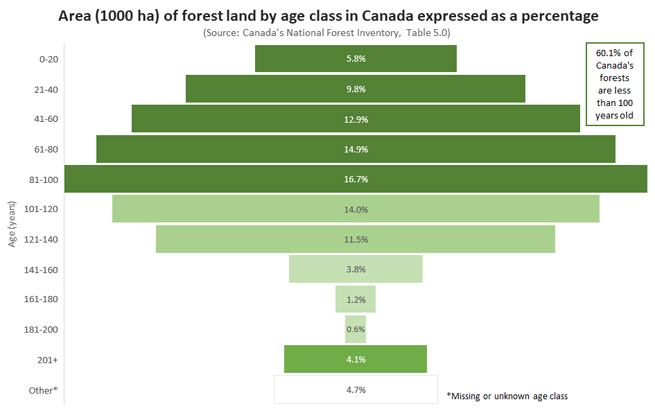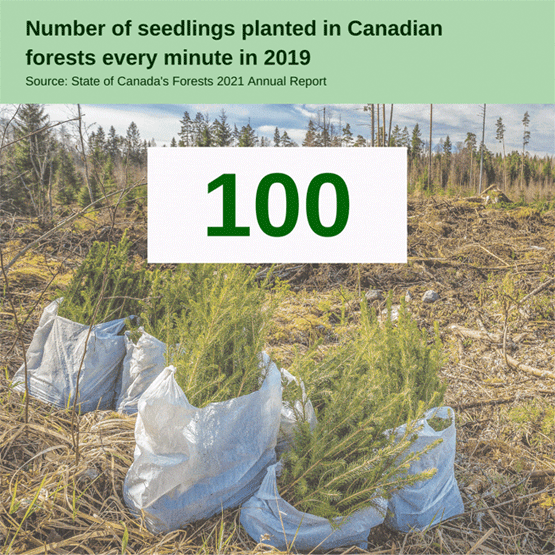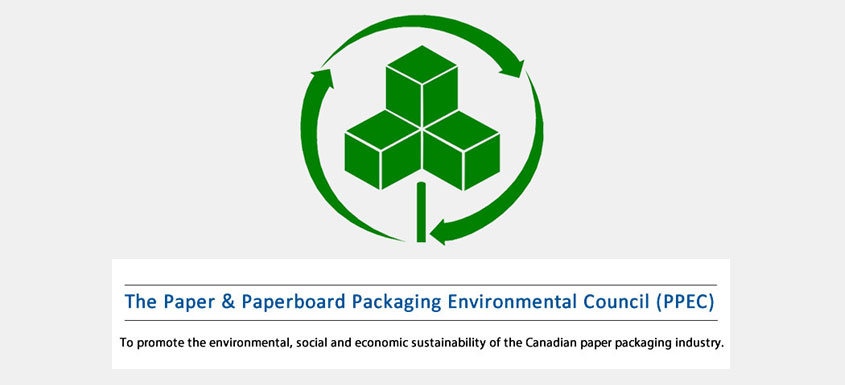On April 7, 2022, Finance Minister Chrystia Freeland tabled Canada’s 2022 Budget. The federal government’s environmental and climate change initiatives are outlined in Chapter 3 of the budget, including the proposal to establish a $55.1 million Old Growth Nature Fund to conserve and protect British Columbia’s old growth forests.
The funding is proposed to be provided over a three-year period, starting in 2022-23, and conditional on the B.C. government making a matching investment.
The Paper and Paperboard Packaging Environmental Council (PPEC) is a strong proponent of environmental conservation and the protection of forests, and we often write about the importance of sustainable forest management in Canada.
But the federal government’s budget got us thinking: what does “old” mean when it comes to Canada’s forests?
The Government of British Columbia’s website states that their coastal forests are “considered to be old growth if they contain trees that are more than 250 years old,” going on to explain that some types of interior forests “are considered to be old growth if they contain trees that are more than 140 years old.”
So just how old are Canada’s forests?
According to the statistical data provided by Canada’s National Forest Inventory, over 60% of Canada’s forests are less than 100 years old; while a quarter are between 101-140 years old, 5.6% are over 140, and 4.1% are over 200 years old.

n British Columbia, there are about 11.1 million hectares of old growth forest, representing about 18% of the total forest area of 60 million hectares. The province is currently undergoing a shift in how it manages old growth forests, implementing recommendations from its Old Growth Strategic Review.
In Canada, the majority of forests are publicly owned, with provincial and territorial governments responsible for forest management under various regulations and policies. And by law, all forests harvested on public lands must be successfully regenerated. The most recent data available from The State of Canada’s Forests 2021 Annual Report states that about 550 million seedlings were planted in Canadian forests in 2019 (up from over 440 million seedlings planted in 2018), which is the equivalent of 1,048 seedlings planted every minute.

And while any trees that are harvested must be replanted, the Canadian paper packaging industry does not use much in the way of freshly cut trees to begin with: Canadian-made containerboard (used to make corrugated boxes), boxboard cartons, and kraft paper bags are made with over 80% recycled content.
Recycling allows old paper packaging to be continually collected from Canadian residents and businesses so that it can be remade into new paper-based packaging products again and again.
 Rachel Kagan
Rachel Kagan
Executive Director
The Paper & Paperboard Packaging Environmental Council (PPEC)













